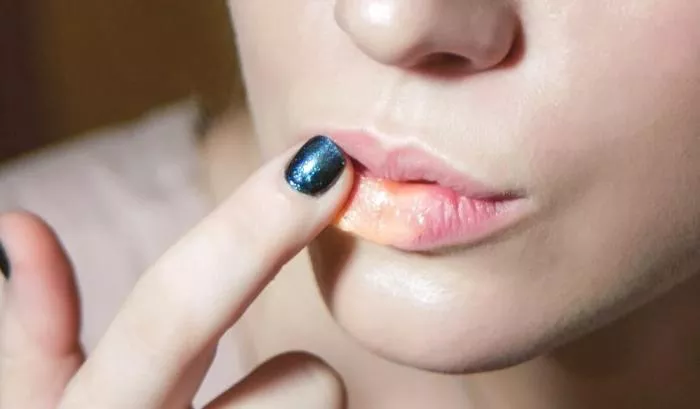Many people wonder, does it hurt to get your lips done? The answer depends on the procedure, pain tolerance, and numbing methods used. Lip fillers are popular for enhancing volume and shape, but pain levels vary. Let’s break down what to expect.
What Are Lip Fillers?
Lip fillers are injectable treatments, usually made of hyaluronic acid, that add volume to lips. They can also smooth wrinkles and improve lip symmetry. The procedure is quick, often taking less than 30 minutes.
How Are Lip Fillers Injected?
A trained professional uses a fine needle or cannula to inject the filler. The injection sites depend on the desired look—more in the center for plumpness or along the borders for definition.
Does the Injection Hurt?
Most people feel some discomfort, but it’s usually brief. The pain is often described as a pinch, sting, or pressure. Here’s what affects the pain level:
Numbing Cream – Many clinics apply a topical anesthetic to reduce pain.
Filler with Lidocaine – Some fillers contain lidocaine, a mild anesthetic, to ease discomfort.
Needle vs. Cannula – A cannula (blunt-tipped tool) may hurt less than a needle.
Injector’s Skill – Experienced injectors work precisely, minimizing pain.
What Does the Pain Feel Like?
You might feel:
- A quick pinch during insertion.
- Pressure as the filler spreads.
- Mild stinging or throbbing afterward.
Pain is usually worst in sensitive areas, like the vermillion border (lip edge). The inner lips have fewer nerve endings, so injections there may hurt less.
How Long Does the Pain Last?
Discomfort typically fades within minutes to hours. Some people have:
- Swelling (1–2 days).
- Bruising (up to a week).
- Tenderness (a few days).
Ice packs and over-the-counter pain relievers can help.
Ways to Reduce Lip Filler Pain
If you’re nervous about pain, try these tips:
Numbing Cream – Ask your provider to apply it 15–30 minutes before.
Choose Lidocaine Fillers – Brands like Juvederm and Restylane often include it.
Avoid Blood Thinners – Skip aspirin or alcohol before treatment to reduce bruising.
Relax – Stress tenses muscles, making injections feel worse.
Does the First Time Hurt More?
Some say the first injection is the most uncomfortable because it’s unfamiliar. After that, you know what to expect.
Lip Filler Pain vs. Other Cosmetic Procedures
Compared to other treatments:
Botox – Similar pinch, but lip fillers may feel more intense.
Tattoos – Lip filler pain is much shorter.
Dermabrasion/Lasers – Fillers are usually less painful.
What About Swelling and Bruising?
Swelling is normal and can make lips feel tight or tender. Bruising depends on your skin and aftercare. Tips to minimize it:
- Avoid intense exercise for 24 hours.
- Sleep with your head elevated.
- Use arnica cream or supplements.
When to Worry About Pain
Severe pain, extreme swelling, or white/discolored lips could signal a problem like vascular occlusion (blocked blood flow). Contact your provider immediately if this happens.
Do Lip Fillers Hurt More Than Lip Blushing or Tattoos?
Lip blushing (semi-permanent tinting) uses tiny needles to deposit pigment. Some say it’s less painful than fillers because it doesn’t involve deep injections.
How Much Pain Is Normal?
Mild to moderate discomfort is normal. If pain is sharp or lasts days, see your provider.
Personal Experiences: What Do People Say?
Reviews vary:
- “Felt like a few mosquito bites, then it was over.”
- “The numbing cream helped—just pressure, no real pain.”
- “My lips were sore for a day, but worth it!”
Conclusion
Most people think so! The discomfort is brief, and results last months. If you want fuller lips, don’t let fear of pain stop you—numbing options make it manageable.
Consult a licensed provider to discuss pain management and desired results. The right technique can make the process smooth and nearly pain-free.
Related topics:
How long after rhinoplasty can I get lip fillers?
How Long Do Lip Dermal Fillers Last?
How much do nose fillers cost philippines?


